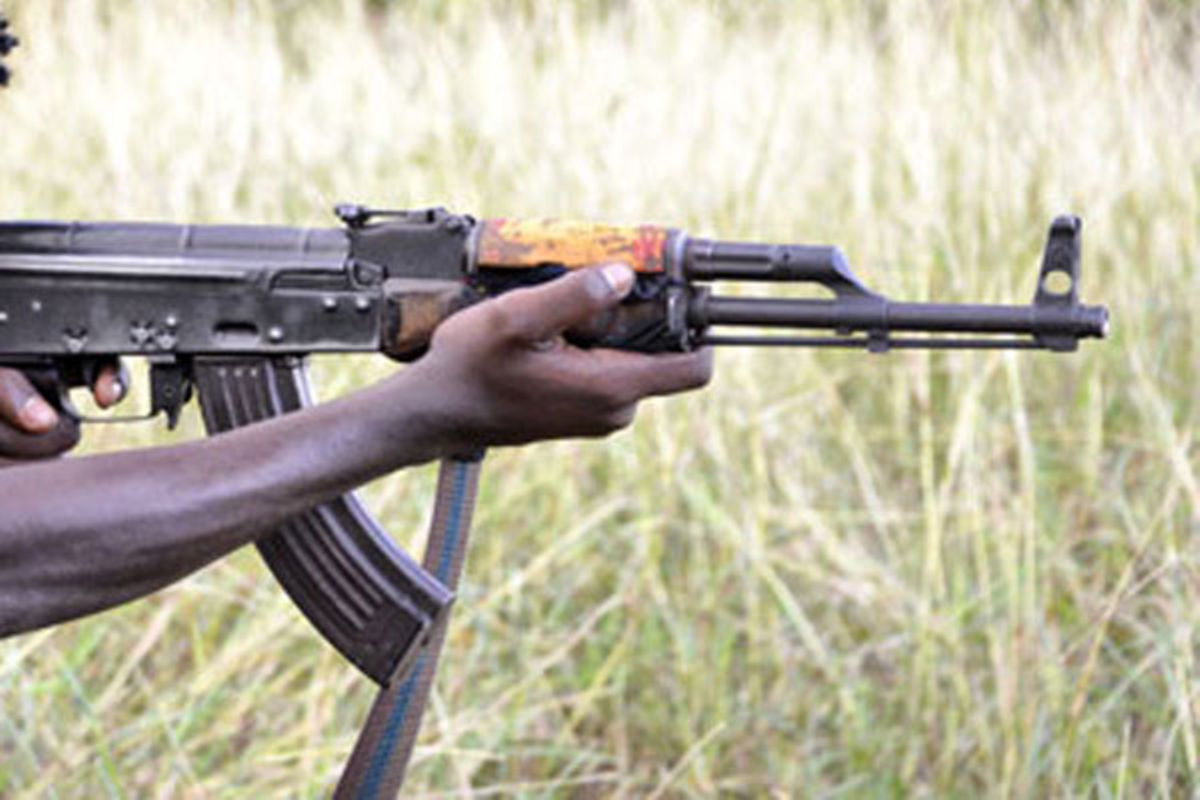Ojiambo Steven Odemo
“Guns don’t kill people, people kill people.” In 1910, the National Rifle Association of America (NRA) coined this statement in the face of alarming gun-related deaths.
A seemingly noble intention, yet it unmasked the sinister truth of how easily power can turn destructive.
Fast forward to our times, the conundrum of gun killings has gripped the heart of Africa. Join me as we traverse through history, unveiling the dark tapestry of gun violence in the Pearl of Africa.
Uganda’s tragic tale dates back to October 9, 1996, and lingers to this day. It’s a chilling narrative where power struggles manifested through gun barrels.
Remembered for eternity, First Prime Minister Milton Obote wielded his authority through brute force, unknowingly planting the seeds of his own downfall. In 1971, the script flipped as Idi Amin orchestrated a coup, using the very tool Obote had embraced.

A nation plunged into darkness as guns meant to protect became instruments of robbery, plunder, and bloodshed.
Within eight years, an estimated 500,000 lives were lost, etching a painful scar on Uganda’s history.
Then came a glimmer of hope on January 26, 1986, when General Yoweri Museveni assumed leadership, pledging an end to the turmoil.
Under the banner of The National Resistance Movement, Ugandans celebrated a new dawn, hoping to escape the grip of violence. United in song, their optimism soared, singing anthems of victory over past tyrannies.
The NRM government’s ten-point program aimed at restoring security and curbing gun misuse resonated with a nation scarred by violence.

A constitutional assembly convened, birthing the 1995 Constitution, a shield for fundamental human rights, including the right to life. The law cast a protective aura against unwarranted killings, and in its wake, the FIREARMS ACT Cap 299 was born, Yet, leaks remained in the system.
The assassination of Assistant Inspector General of Police Andrew Felix Kaweesi in 2017 exposed the gaps – firearms’ ownership often shrouded in ambiguity.
The past echoes with fresh tragedies; the cold-blooded murder of MP Abiriga Ibrahim Yusuf Abdalla in 2018, the recent killing of State Minister Hon Charles Engola, and the tragic demise of an innocent 21-year-old student, shot by a police officer who mistook her intentions. The vicious cycle continues, casting doubt on the effectiveness of the statutes.
Startling statistics emerge, revealing a disturbing reality. In 2020, over 4,460 lives were lost in Uganda due to crime, with 249 succumbing to gunshots. The year 2023 witnessed gunshots claiming 7 lives within a fortnight. The question reverberates: is the statute mere ink on paper?

The FIREARMS ACT Cap 299 meticulously lays down rules for firearms’ ownership and usage. However, the reality is grim. Guns proliferate like street flowers; their regulation is a distant dream. The onus lies on the executive arm of the government to breathe life into these regulations. Though President Museveni pledged measures after Hon. Abiriga’s death, their effectiveness remains questionable.
The parliament’s effort in passing the law is commendable, yet it’s the executive’s responsibility to turn it into reality. The path to a gun-free nation rests on their shoulders. As we navigate the conundrum of gun violence in the Pearl of Africa, let’s remember that true power lies in responsible hands, and our actions today shape a safer tomorrow.

Connect with him at ojiambostevenodemo99@gmail.com.




















Discussion about this post